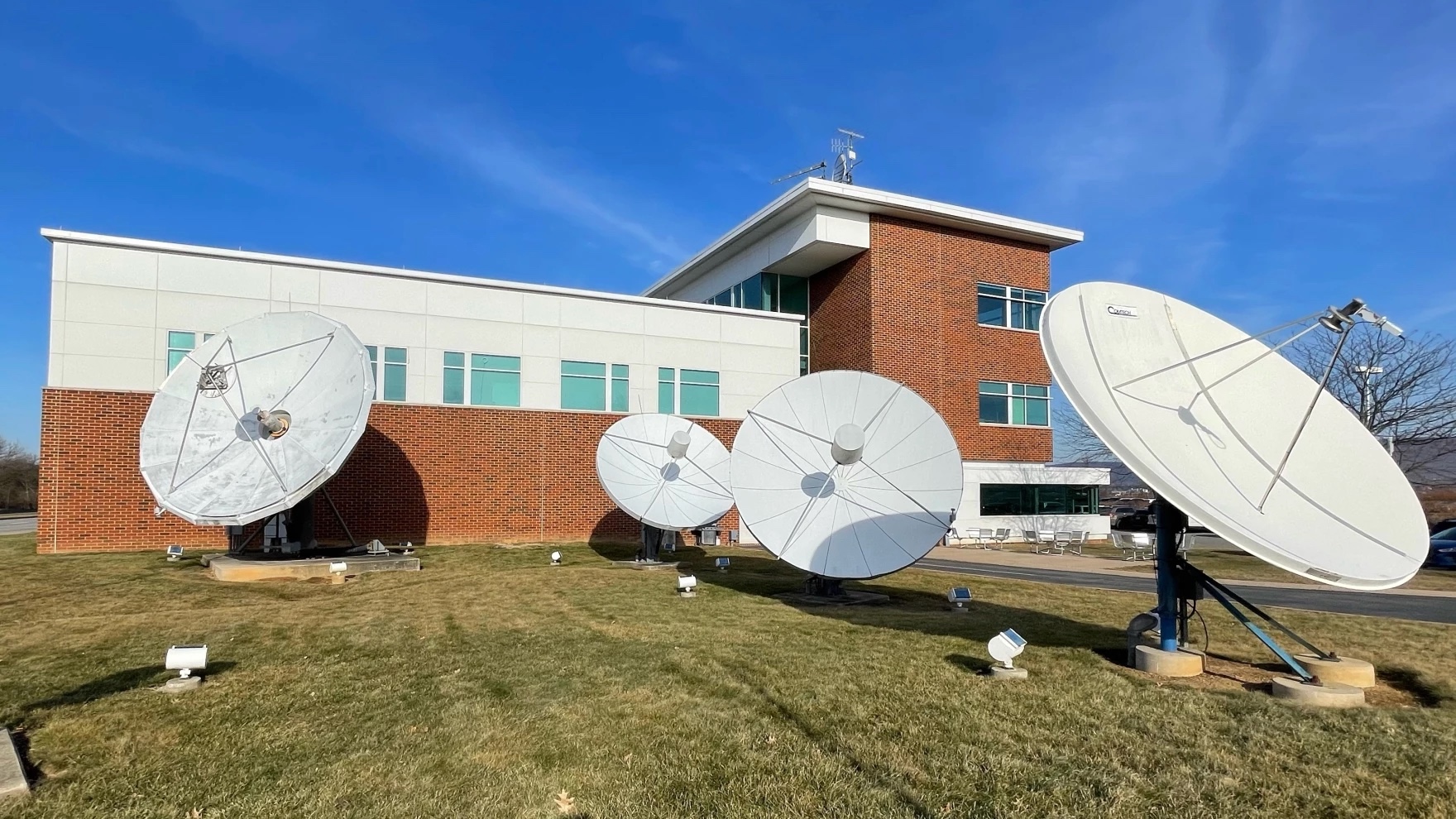Pubcasters ask FCC to end station ID requirement
If public broadcasters get their way, station identifications will become just a memory.
The traditional announcement is just one of the “unduly burdensome” regulations that national public broadcasting organizations would like the FCC to end. In May, the commission asked for any suggested updates to its media regulations.
In proposals submitted Wednesday, America’s Public Television Stations, CPB, NPR and PBS told the FCC that public broadcasters find some “regulatory obligations” cumbersome, citing “limited financial resources, evolving community needs, and changing technology.”
That includes how stations are now required to identify themselves on-air, with announcements at specified times of their call letters and community of license. There is “no rationale to retain a formal station identification rule,” the organizations said. “Viewers and listeners know what stations they are watching or to which they are listening due to the station’s programming and channel position.”
“Stations should be permitted to identify themselves on-air in a manner that makes the most sense to the local station,” they added.
Other recommendations focused on small details — killing off the on-screen “E/I” bug during educational or informational programming, which “creates technical and viewability challenges for PBS” as it streams across various platforms — as well as bigger concepts, such as revisiting “what constitutes actionable indecency.”
The groups also argued that Equal Employment Opportunity rules are “over regulatory and unnecessarily burdensome” for stations. However, the filing adds that public broadcasters “fully endorse the concept” and are covered by similar state and local obligations. They recommend “reducing it to a non-discrimination prohibition and a general obligation to recruit for full time job vacancies, and by reducing required EEO filings to only those that would accompany license renewal applications.”
And the proposal suggested a change in the current three-year direct broadcast satellite regulations for public stations, opting instead for “a one-time election that continues for as long as the station remains qualified for carriage.”
Replies to comments are due Aug. 4.
Read the entire document.






“Viewers and listeners know what stations they are watching or to which they are listening due to the station’s programming and channel position.” My 40+ years of experience indicate viewers generally don’t know what channel they’re watching. I’ve made the pilgrimage to Dunedin, Florida and reviewed the physical diaries. They aren’t sure if they are watching the History Channel, Discovery, HGTV, Food Network. I get calls about all of them. In overlap markets, confusion is compounded. They might know they are watching PBS but don’t know which PBS. For positioning, I’m happy to have my ID on the screen at the top and bottom of the hour.